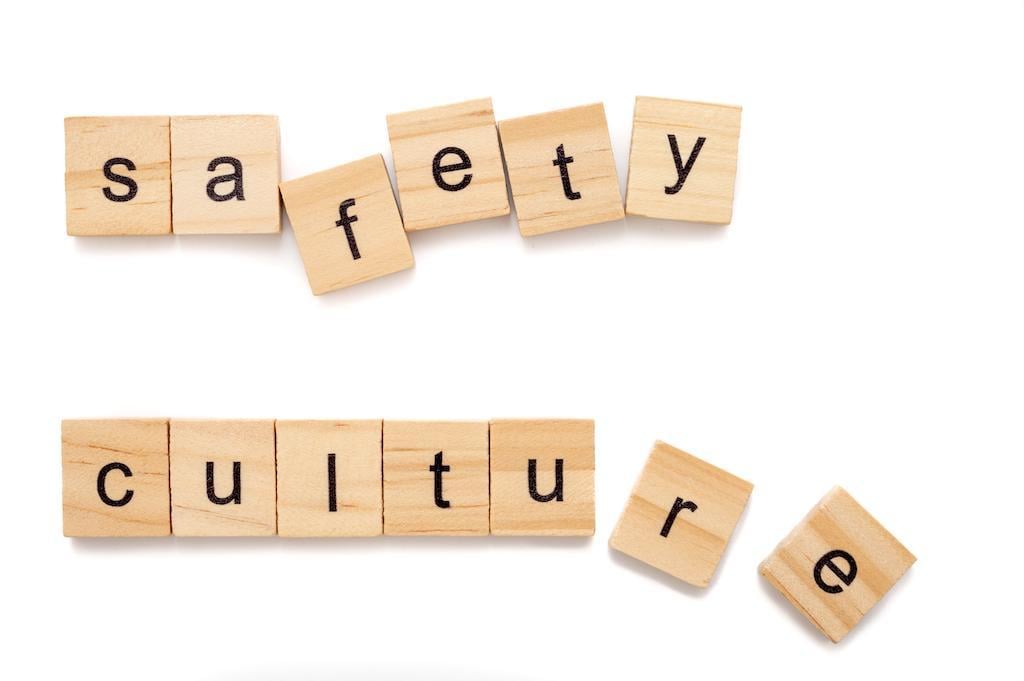
“What really stands out here is our excellent safety culture,” boasted the senior executive as he sat across the table from me. My eyes probably glazed over as I recalled in my mind something that Dr. James Reason wrote: “It is worth pointing out that if you are convinced that your organization has a good safety culture, you are almost certainly mistaken…. A safety culture is something that is striven for but rarely attained.”
Dr. Reason’s statement is profound in two ways: First, there is no “there” with a safety culture. Instead, striving for a strong safety culture is a continuous journey; there is no destination. Second, the minute you think you have a good safety culture, there’s a tendency to get complacent. We all know that things can bite when complacency sets in.
To counter complacency, one of the five principles of a high reliability organization (HRO) is preoccupation with failure--never getting too comfortable and constantly considering what could go wrong, and most importantly, how to prevent it.
The term safety culture was first used in the International Atomic Energy Agency’s report of the 1986 Chernobyl nuclear disaster. Since then, it’s been tossed around by some who wouldn’t know the difference between it and a hole in the ground. Rather than trying to define it, I’ll outline a few key attributes of a healthy safety culture.
Having top-level management support and commitment is probably the single most important attribute of a positive safety culture. Someone once asked me what to do if this support wasn’t present. My response: “Find another job.” Without management support, the prospects of a thriving safety culture are slim to nil.
Unfortunately, there’s often a lot of lip service surrounding safety culture. Everyone has a strong safety culture until it interferes with something else. I interviewed for a job with the CEO of a Fortune 500 company. Before accepting the job, I wanted to hear his views on safety. Having heard all the right answers, and I accepted the job. My first day at work, I drove him from the airport to the office. He didn’t bother to put on his seat belt. Talk is cheap. Actions and behaviors are what counts.
Another attribute of a healthy safety culture is where employees feel comfortable reporting safety concerns. To create a robust reporting culture, the organization needs trust and a just culture. Without a robust reporting culture, safety problems can go unresolved. To create an atmosphere conducive to reporting, employees need to trust that their confidentiality will be maintained, and they need to know they will not be disciplined, ridiculed, or retaliated against for reporting. Creating a just culture is essential, where employees know that honest errors, when reported promptly and accurately, will not result in discipline. On the other hand, willful violations such illegal drug use, will have disciplinary consequences. There are some misconceptions surrounding just culture. Contrary to the beliefs of some, a just culture isn’t a “get out of jail free” card. There is accountability and when warranted, there is discipline.
Some organizations have developed a non-reprisal policy to encourage reporting, to build trust and to underpin their just culture. Wording that we used when I was running a business aviation department was along the lines of “the company will not use this reporting system to initiate disciplinary proceedings against an employee who discloses, in good faith, a hazard or occurrence involving safety that is the result of conduct which is inadvertent, unintentional or not deliberate.” The statement was signed by me, as aviation department manager, and the CEO.
Dr. Reason noted that a key element of ensuring the reporting culture perseveres is to provide feedback to the reporter. “Apart from a lack (or loss) of trust, few things will stifle incident reporting more than the perceived absence of any useful outcome.”
After leaving the NTSB, I was called to do some consulting with a large transportation company that had recently completed a safety culture survey. Things didn’t look good, and rightfully, the results raised concern with senior leadership. My task was to take a fresh look and report back to leadership. It didn’t take long to identify one of the main problems. The term just culture wasn’t a familiar one, either by definition or by practice. The organization’s approach to safety events--nonfatal but sometimes costly mistakes--was punishment. The result was predictable: employees were afraid to report things and reporting dried up. Trust within the company was lost. A safety culture and a punitive culture cannot coexist.
Organizations with strong safety culture have high degrees of safety risk awareness and management. When changes are made, such as implementing new procedures, going into new airports, or introducing new equipment, the organization performs a safety risk assessment. For those risks that are unacceptable, modifications are made to reduce the risk to an acceptable level. There is chronic unease surrounding risks and, as mentioned above, preoccupation with failure.
Finally, beware when someone tells you they have a good safety culture or that safety is their top priority. Whenever I hear these phrases, I want to waive a BS flag. It is usually worn-out rhetoric that has no meaning behind it, and it’s oftentimes rolled out to the media following an accident. There will always be competing priorities within a company and managing those priorities (such as finances) are usually what keeps the company in business. However, when making these business decisions, safety must always have a seat at the table. If reducing costs, for example, or improving on-time performance, are being considered, the safety impact of those decisions must be considered. As far as having a strong safety culture or safety being the top priority--tell it to the newspapers after you’ve had an accident. It just doesn’t fly with this former chairman of the NTSB.
Remember--the road to a healthy safety culture is a winding road. It’s a continuous journey with hazards lurking behind trees and around curves. When incorporating attributes of a healthy safety culture, you increase your opportunities to travel the journey safely.






Comments